Here you will find a collection of my academic papers in reverse chronological order. At the bottom of the page I have links to the blog articles I wrote during my time interning at Climate Solutions and Washington Toxics Coalition.
Please check out my blog called This, Not That
Academic Papers
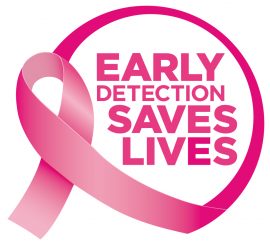
Reproducing Neoliberal Breast Cancer Awareness: A Discourse Analysis of Pinkwashing Campaigns
This thesis examines conventional approaches to addressing breast cancer within the United States, as they are reinforced by awareness campaigns of non-profit organizations and corporations. Campaign events, educational material, merchandise, and social media activity reinforce the following elements of a dominant discourse around breast cancer: spreading awareness, pink ribbon products, saving breasts, optimism and survivorship, a search for the cure, early detection (mammography), and individual responsibility. Using the lens of Critical Discourse Analysis (CDA), I examine three case studies to illuminate the ways in which they reinforce the key elements of the mainstream discourse. This study aims to articulate how and why these activities are not only ineffective, but actually damaging to real progress towards eliminating breast cancer. My hope is that through my own analysis, the reader will gain a new understanding and new ways of thinking about these complex issues. (May 2016)
This thesis includes analysis of video clips, which can be found on Humboldt State University’s thesis archive.
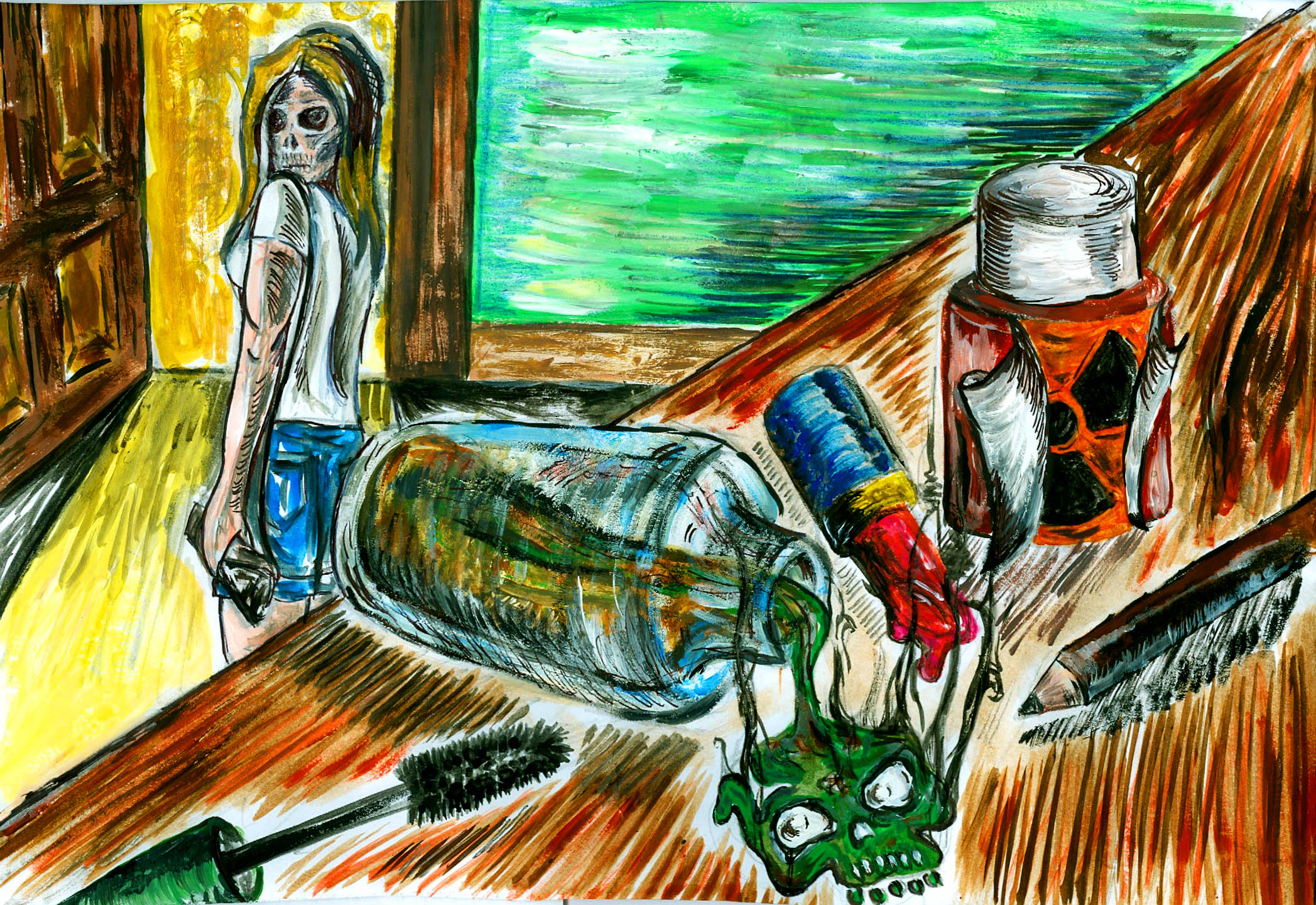
Endocrine Disrupting Compounds and Cancer in Wildlife and Humans: Parabens in Personal Care Products
This paper examines the difficulty in proving man-made chemicals in personal care products are contributing to rising cancer rates in humans. Using parabens, a group of Endocrine Disrupting Chemicals, as a case study, I discuss why empirical evidence suggesting implication is sufficient to warrant immediate re-evaluation of chemicals in our environment. Using the theories of resilience and trans-corporeality, I attempt to illuminate the disconnect we have created between humans and nature wherein we fail to recognize early warning signs of danger that manifest as illness in animals and polluted ecosystems. (Dec 2015)
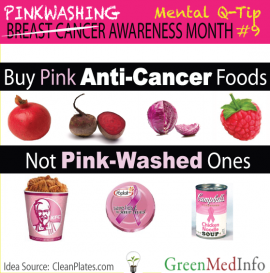
My Health is Not for Sale: Hegemonic Institutions of the Dominant Breast Cancer Culture and the Formation of the Consumer-Patient Citizen
This paper explores how institutions within the dominant breast cancer awareness culture maintain the status quo of the disease. I examine the historical context of neoliberalism in the 1980s that gave rise to the phenomenon of cause-related marketing, along with the controversial histories of powerful organizations within the breast cancer industry. These forces medicalize women and push an identity upon them of the potential patient and the consumer-citizen. I am analyzing these institutions and the patient-consumer identity formation using Paul Robbins’ thesis of Environmental Subjects and Identities. In my conclusion I also explore briefly the new movements we are starting to see appear to change the dominant pink ribbon culture, expose pinkwashing campaigns, and start demanding real progress on preventing and curing breast cancer. (December 2014)
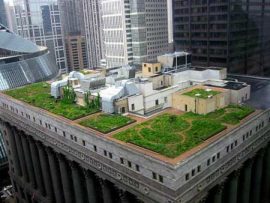
Urban Health Problems: Air and Water Quality
Modern cities face many issues such as pollution, congestion, low water and air quality, and deteriorating building conditions. This paper focuses on the health of urban residents as related to deteriorating quality of air and water caused by increased development and sprawl. (March 2011)

Human-Nature Coupled Systems: How the Introduction of Horses to North America Impacted the Ecosystem and Altered the Lives of the Lakota Sioux
The introduction of the horse to the North Americas during European exploration in the 1500s had a drastic influence upon both the environment and the lives of the Native Peoples. Through acquisition of horses, the Lakota Sioux rose as the most powerful tribe, expanding their territory and resisting European conquest for the longest. Historians and anthropologist have looked at the horse as a form of new technology, which fundamentally altered the Lakota’s culture, economy, and relationship with nature. (March 2011)

Nanotechnology Cont.: Research Programs, Nanotech Companies, and Products
This paper follows up on a previous work, but focuses on the research programs for nanotechnology, and highlights some companies on the forefront of nanotechnology products for green building. This paper focuses on products and companies in insulation, coatings, and lighting. (March 2011)
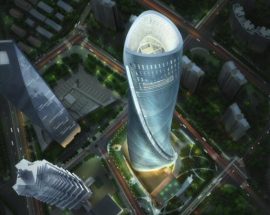
Applications of Nanotechnology in Green Building Practices: an Exploration of the Substances used in Nanotechnology Research
The first half of a study on nanotechnology in green building. Buildings contribute to a number of environmental issues today such as energy consumption, CO2 emissions, resource depletion, and waste generation. Aided by nanotechnology, researchers and engineers are developing new, more sustainable building practices and materials inspired by nature. Researchers have been studying the unique properties of Carbon, Silicon Dioxide, and Titanium Dioxide at the nano-level. The combination of working with nature, rather than against it, and applying findings in nanotechnology research, buildings will become sustainable, elegant structures. (December 2010)

Reshaping Our Cities: Sustainable Development and Green Technology within a Historical Framework
This paper is my concentration proposal, which was a required work for Fairhaven College. The Concentration proposal was part of the process of creating my own major, and it outlines my motivations and goals concerning my degree. In order for me to obtain the degree I desired, this paper, along with a proposed coursework outline, had to be approved by a committee of professors and the University. In my proposal, I explain how I am driven by my love of cities and a desire for them to be more in tune with nature and efficient spaces for people to live, rather than destructive sources of pollution. I also incorporated an element of history, because I love history and believe that it is crucial to understand the past in order to understand that present and the future. (June 2010)
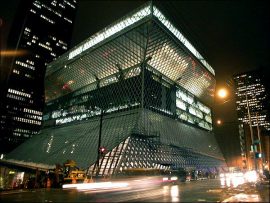
Going Green: Sustainable Building in Seattle
As early as the 1970s, Seattle began taking steps to become a greener city. In the late 1990s, with the opening of Seattle’s Office of Sustainability and Environment, the city undertook more initiatives aimed at lowering pollution and reducing energy use. Through government support and the ambitions of private architects, more “Green Buildings” are being built in both the public and private sectors, using LEED certification standards. (December 2009)
Blog Posts
Sustainable Business Consulting: I wrote a guest blog article for SBC at the end of last month!
Toxic Chemicals in Fireworks: Might Want to Hold Your Breath
Climate Solutions: During the summer of 2015, I interned at Climate Solutions with their Business Partnership Program. I have three published blog articles on their website focusing on the connections among toxic chemicals, public health, and climate change. The goal for me, given my specific area of interest, was to help solidify the relevance of these issues to Climate Solutions as a sustainability organization.
Beware the giant toxic algae bloom—and not just for shellfish reasons
Plastics: oily, toxic and out of control
Climate change is a global medical emergency
Toxic-Free Future: I wrote this article as a guest blogger for Toxic-Free Future during my internship with them.